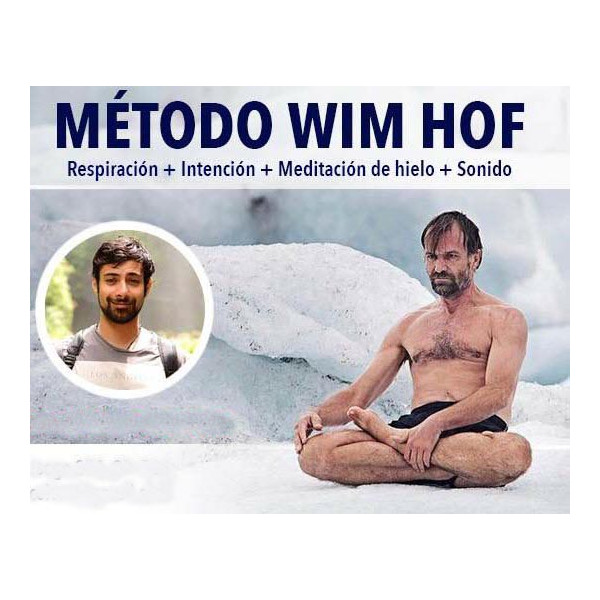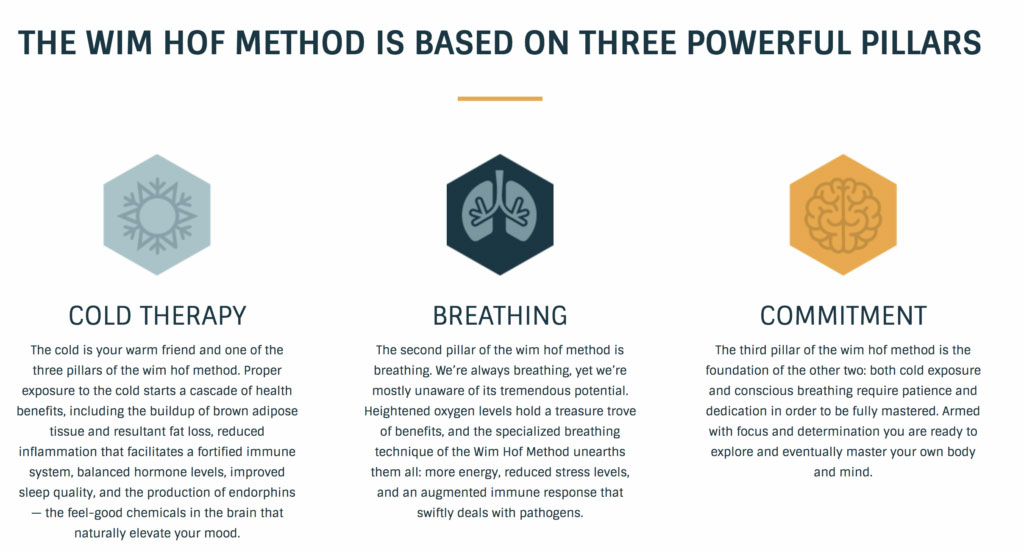
The Wim Hof method was founded by the Dutchman Wim Hof, holder of almost 20 world records. However, by increasing tidal volume and reducing breathing frequency, performance can be improved through an attenuation of respiratory muscle fatigue, which leaves more energy for non-respiratory muscles. Respiratory muscles use up to 11% of total energy output during maximal exercise. įocused breath training can improve strength and endurance respiratory muscles, thereby improving breathing phenotype. Because of shallow breathing, there is a higher demand for the energy needed to ventilate, but there is also a greater amount of dead space ventilation (DSV), a volume of air that does not engage in gaseous exchange with the blood. For this reason, an untrained person must breathe more air to achieve the same submaximal oxygen absorption.

Breathing economy can be improved by exercise. In a trained individual, during submaximal exercise, exhaled air contains only 14–15% oxygen, whereas exhaled air in an untrained person under the same load intensity contains up to 17% oxygen. A decrease in respiratory rate and increase in tidal volume improves ventilation efficiency via alveolar recruitment and distension, thus reducing alveolar dead space. However, increasing ventilation through tidal volume may be most beneficial whereas increasing breathing frequency is associated with a substantial increase in respiratory muscle oxygen cost, and increasing tidal volume does not incur the same oxygen cost and is associated with an increase in oxygen extraction by the alveoli due to slower breathing. To accommodate this demand, increases in minute ventilation, tidal volume, and breathing frequency are observed as exercise intensity increases. There is a dose–response relationship between exercise intensity and oxygen demand. (4) Conclusions: The 4 week intervention of WHBM did not appear to alter parameters of breathing economy during a maximal graded exercise test in adolescent runners. A nonsignificant small-to-large effect for an increase in V E and BF in both groups following the 4 week intervention period was observed, possibly due to a reduction in training volume and intensity owing to the down period between competitive seasons. (3) Results: There were no statistically significant differences ( p > 0.05) in BF, V T, or V E between experimental and control groups before or after the intervention. During the testing sessions, BF, V T, and minute ventilation (V E) were assessed and compared.

kg −1 with breath-by-breath metabolic analysis.Before and after the intervention, participants performed incremental cycle ergometer testing sessions consisting of two minute stages at 1, 2, 3, and 4 W The breathing exercises consisted of three sets of controlled hyperventilation and consecutive maximum breath holds. The control group did not perform any kind of breathing exercise. The experimental group performed breathing exercises every day (~20 min/day) for 4 weeks. The study was set in the transition period between competitive race seasons and both groups had a similar training program in terms of running volume and intensity over the course of the study.

Participants were randomly divided into experimental ( n = 11) and control groups ( n = 8). (2) Methods: 19 adolescent (16.6 ± 1.53 years) middle- and long-distance runners (11 boys and 8 girls) participated in the study. The purpose of this study was to evaluate whether a 4 week intervention based on the Wim Hof breathing method (WHBM) would improve breathing economy during exercise in adolescent runners. Poor breathing economy is mainly characterized by excessive breathing frequency (BF) and low tidal volume (V T) due to shallow breathing. (1) Background: Breathing economy during endurance sports plays a major role in performance.


 0 kommentar(er)
0 kommentar(er)
